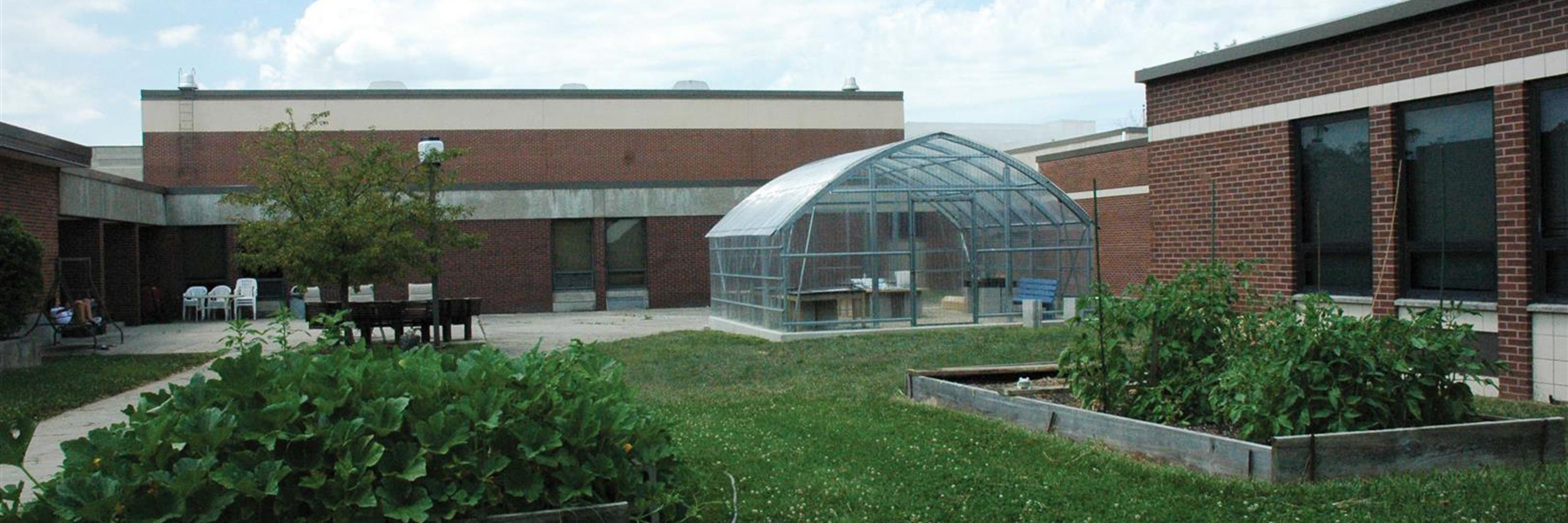The Education-Growing Connection
November 15, 2017
Building healthy communities across the country begins with connecting families to local food culture, and beginning this exposure during early childhood development can set the tone for healthy eating habits for life. Poor eating habits start young, and over time it has become clear that such habits can lead to major health risks and negatively affect motivation and learning. Childhood obesity leads to a lifetime of health issues and even aid in developing emotional problems. Unfortunately, 23 percent of children from ages 2 to 5 are affected by childhood obesity. With these alarming numbers, breaking down the elements of farm to school programs is a wonderful first step towards challenging a growing dietary problem in childhood.
There are three major elements to the farm to school movement, which are education, school gardens and the procurement of locally grown foods. It is not enough to just provide better food. In fact, 95 percent of teachers and early care providers choose to support farm to school efforts, because they teach children where their food comes from and how it is grown. Taking this a step further, the school garden is a hands-on way to teach children about food and get them involved in the growing process. The most valuable part about this practice is that it has proven that engaging in growing makes children much more willing to try new foods. In other words, there is an excitement, a familiarity and a curiosity that develops in children who engage in their own food production and meal planning. School gardens provide experiential learning opportunities to kids that help them to develop fine motor skills, manage stress, socialize with one another and learn about science.
The benefits to children are measurable in their academic performance, health, motivation and general attitude about food. In addition to the measurable benefits, a child’s interest in food develops so quickly and easily that access to these benefits is inevitable. For these reasons, farm to school programs are arguably one of the most effective educational practices in our school systems today.
Not only do children physically and mentally benefit from farm to school programs, there are a number of worthwhile advantages these programs can have on children and communities alike. Farm to school programs increase access to fresh and high-quality produce, lower meal costs and can support the local community and economy. More affordable meals are appealing to parents, help out with school budgets and increase the likelihood of children eating well. Schools and local communities are greatly intertwined and have a reciprocal relationship in regards to success, so improving relations between a school and its community benefits everyone in town.
GrowSpan Greenhouses have helped a number of educational programs across the country to outfit their growing food production with the latest technology for any budget. Some of these greenhouses have been set up in urban areas, bringing fresh food to communities and kids who usually only have access to produce grown across great distances. GrowSpan Educator Greenhouses are an ideal structure for farm to school programs, and greenhouse specialists can easily design greenhouses and hydroponics systems around lesson plans and class sizes. Each of these operations is unique, so GrowSpan has the experience of accommodating all kinds of goals that a school may have for their garden. Contact a Greenhouse Specialist today to discuss the goals of a growing student body, and let them design an ideal environment to achieve those goals this school year.
To find out more about how GrowSpan can help meet any school, university research facility’s Request a Quote now
Contributed by Amanda Williams

